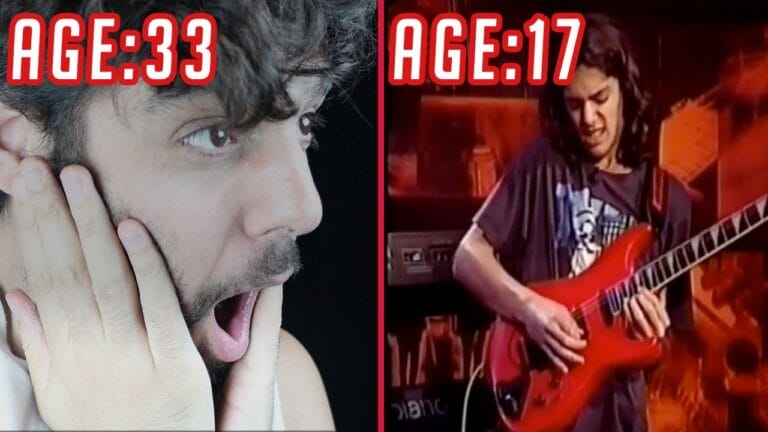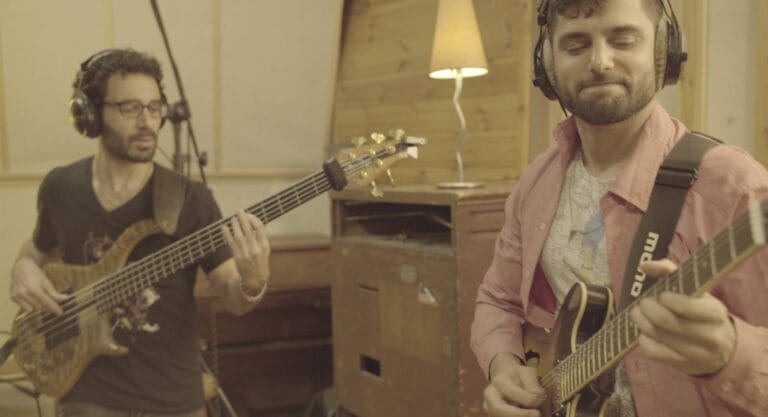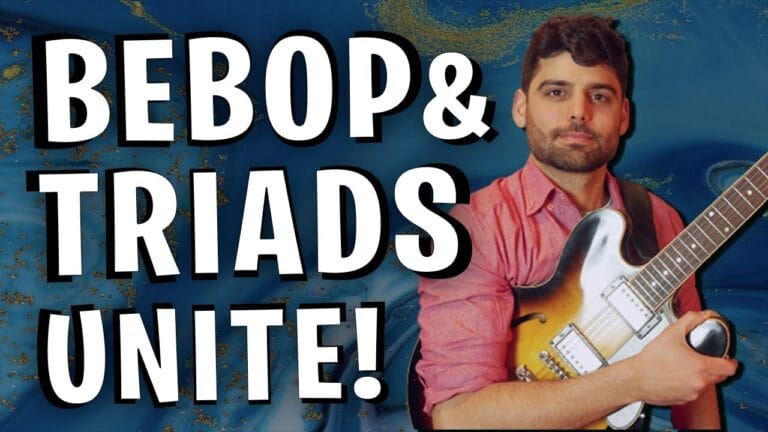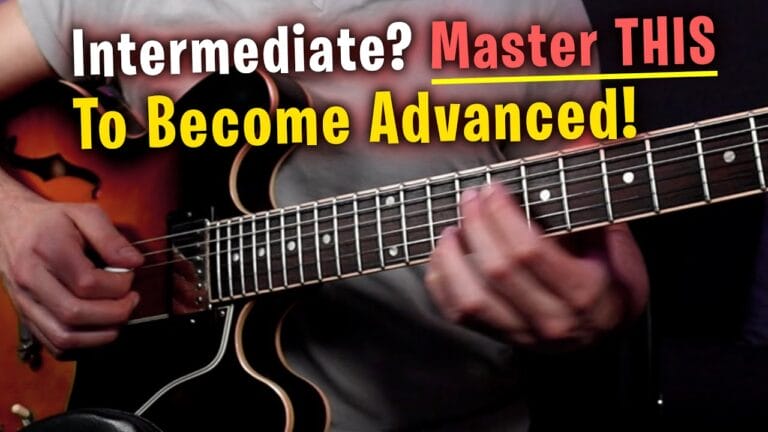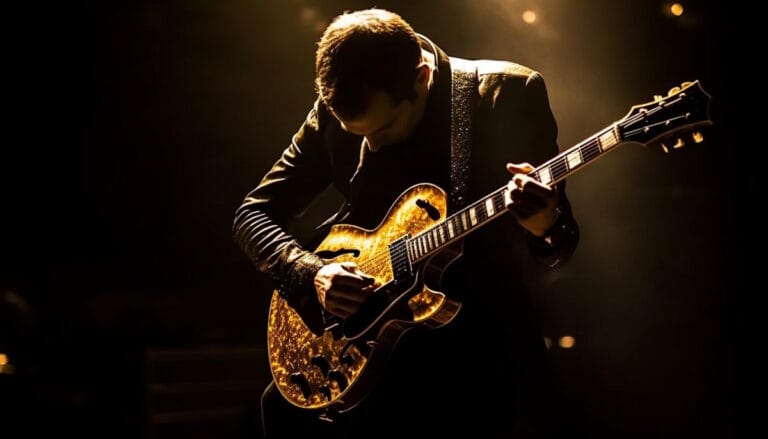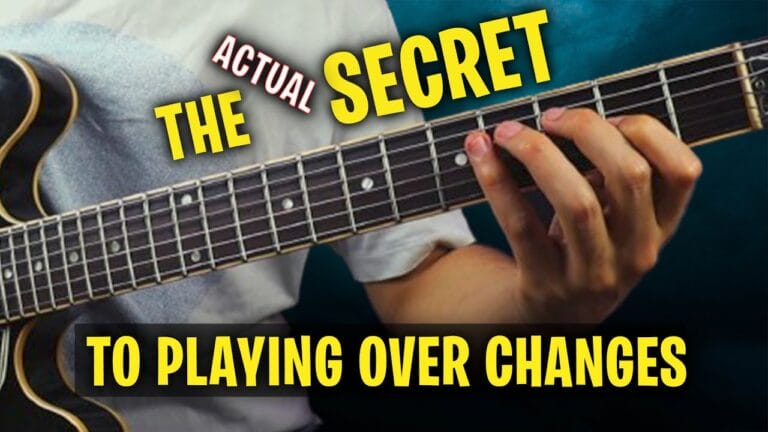Music From Scales, But How?
Intro
[Music]
So how do you get the most out of scales? Like, this was a C major scale.
[Music]I learned all my positions. I made sure that I see all my positions of the scale, you know, and that I can play it horizontally as well. But how do you get some cool melodies and phrases out of it? Let me show you a few exercises you can do. Besides obviously transcribing as much as you can, using your ears and figuring out stuff, you can use patterns and all kinds of concepts to practice scales. For example, if I have this position of C major, starting with the second finger on C.
Patterns
[Music]
So what I can do is I can take that position and just come up with patterns. For example, I can play the most easiest pattern just…
[Music]Just playing thirds, or I can play triads.
[Music]But this still doesn’t sound like music. So what kind of, you know, what’s kind of like the way to make it sound more like music? Well, obviously using rhythm. But another thing you can do is you can…
Leaps
[Music]
Play a bigger kind of leap and then come back in a scale. So, for our case, this triad would be a more bigger leap and coming back in the scale will be the representation of a smaller kind of movement. So we get this…
And then if I move on to the next degree, D minor, within that scale…
[Music]You see where this is going, right?
[Music]So you see what created this is just…
Diatonics
Basically me knowing my diatonics within that scale, right? So I got major, minor, minor, major, major, minor, diminished, major.
[Music]And now I can come back with the relative scale to those triads.
[Music]After a while, you know, you just see those positions connecting and you can start seeing all kinds of…
[Music]These kinds of stuff start to happen and…
Chromatics
And another thing you can add is…
[Music]Chromatics. So you can start adding chromatics to your scale. For example, add the chromatic between the six degree and the five.
[Music]Or going up: one, two, three, four, five, chromatic to the six.
Seven, one, two, three, four, five, chromatic to the six.
Seven, one.
[Music]Just adding chromatics into your lines start really giving this jazzier feel to them. And especially when you start seeing all kinds of different arpeggios and, you know, color them with chromatics. If you really want to go deep into the fundamentals of the fretboard, I mean everything, the diatonics, to be able to see any arpeggio, any type of voicing, jazz voicing, and…
Free Course
Have everything really organized in practice sessions that come in 15 modules. Very organized course. Check out my Galactic Modern Guitar Foundations of Harmony and Melody on the Fretboard course, and I’m going to leave the link in the description for you.
Anyway, so yeah, whenever you’re working on a scale, it doesn’t matter what scale you’re working on, try to create as much music with it. Right? So you can even, you know, you don’t really need to go just with using triads. You can also maybe explore using seven chords or add nine chords. So you get these kinds of stuff…
[Music]These kinds of sounds. So C major 7, come back in the scale. D minor 7, come back in the scale. E minor.
[Music]So that was a very quick lesson about…
Outro
How to get a little bit more cool stuff out of just learning scales. And, hopefully, this was valuable for you. I enjoy making these quick lessons whenever I have some time. If you have any ideas for subjects or stuff you want me to talk about, let me know in the comments below. Also, if you have any questions or want to make a discussion about this video so you get more value out of it, for sure, I’d love to answer your questions anytime. Thanks again for watching, be in touch, and I’ll see you soon.
From Scales To Actual Lines.
Hey, how’s it going?
I’m often asked how I turn scales into music – so once you learn all these scales, how do you practice them in a way that makes them sound like music?”
Well, the answer is long, but I had to share this quick video with you today because I believe these tips will be helpful.










